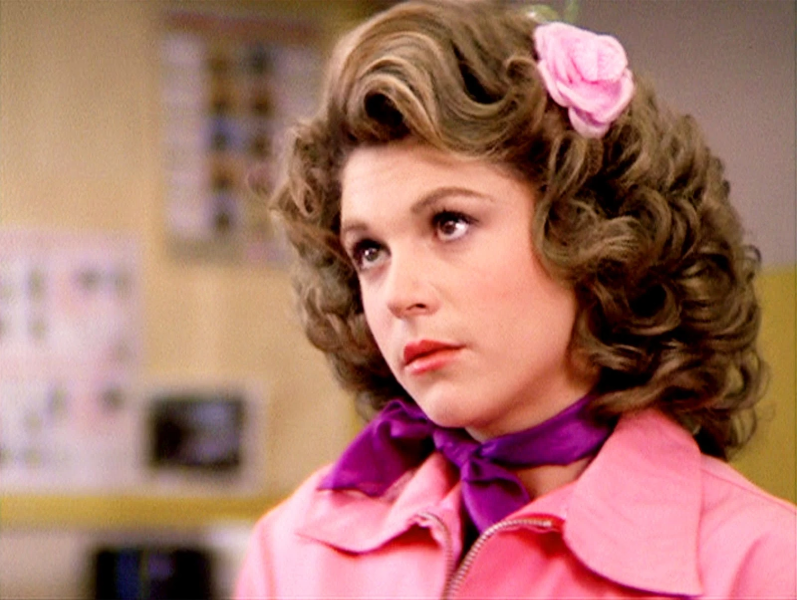This article stopped me in my tracks.
It’s an article from Jeff Haden, a contributing editor for Inc. It so perfectly and succinctly lays out the entire premise of my forthcoming book, The Empathy Dilemma: How Successful Leaders Balance Performance, People, and Personal Boundaries. (psst, you can pre-order now!)
Too often, we conflate emotional intelligence with weakness, softness, submission and don’t even consider it to be in the same realm as ambition, steadiness, high performance, or courage.
And this view is SO WRONG. Because emotional intelligence unlocks a part of ourselves that enables us to be intentional and effective so we can succeed.
The article spells out some tenets of Stoicism, practiced by many of the famous Romans we know and love, including Seneca, Epictetus, and Marcus Aurelius
Stoicism is not the cold, emotionless, robotic approach we often equate with it. While the definition of a Stoic is a person who can endure pain or hardship without showing their feelings or complaining, Stoicism as a philosophy is something else – something much more applicable to leadership and performance success in today’s world. From the article:
In simple terms, Stoicism has nothing to do with being stone-faced and emotionless. Stoicism is a practical philosophy that says while you will never control everything that happens, you can always control how you respond. If you’re a Stoic, you can still experience and fully embrace your emotions; you just try not to let your emotions control your actions, especially in a harmful way.
Being a Stoic means deciding the kind of person you wish to be, and then, when things happen around or to you, trying to be that kind of person.
Damn, I love that last line: …deciding the kind of person you wish to be, and then, when things happen around or to you, trying to be that person.”
Too often, leaders bring their own emotional baggage to their roles, and it comes out in all sorts of negative ways: inability to create trust, screaming at people when they make mistakes, fearing that if they are not the ones who come up with the good ideas themselves, they will be “found out” and many more I’m sure you can name.
But empathy requires you be intentional. To make choices rather than blindly react. To know your values and stay true to them, even when under pressure.
This is the fundamental reason why I preach that empathy AND high performance can co-exist. That it is Both/And, not Either/Or. If you have a healthy foundation, as presented through the five pillars of my forthcoming book, you can practice empathy and be very effective, not in spite of empathy but because of it.
According to the article, the four basic virtues of Stoicism are:
- Wisdom
- Moderation
- Courage
- Justice.
All of those require us to know ourselves well, our triggers, blind spots, and strengths, and adapt judiciously within a team environment so the ultimate goal can be met.
This is why self-awareness is my very first pillar of being an effective and empathetic leader. If your own foundation is shaky, you have no room left to see other points of view, adapt and flex to different needs without losing yourself, or listen to ideas without defensiveness and fear.
A strong leader can effectively list and respond to another person’s experience, point of view, or idea without defensiveness and fear. They can see it as additive to the ultimate mission.
It doesn’t mean they cave in.
It doesn’t mean they people please.
It doesn’t mean they even agree.
Empathy is about making the space to synthesize diverse ideas and, taking a note from the Stoicism playbook, tempering our own biases about them, weighing all options, having the courage to bet on someone else, and being fair to hearing the best ideas, no matter where they come from.
That is ALL STRENGTH.
Which is why it is laughable when people say they don’t want to be empathetic for fear of being perceived as weak, or treated like a doormat. Nothing could be further from the truth.
If that is your view of empathetic leadership, then you don’t know what empathy means or what it requires. The best leaders can inspire, motivate, and perform because they are empathetic. They drive diverse teams to a common goal, thought understanding, listening, curiosity, and fairness.
Photo Credit: Dario Veronesi, Unsplash




